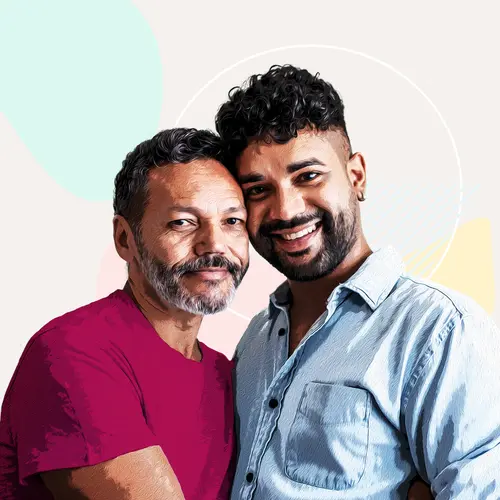Sharing needles with other people has risks. When you use someone else’s needle to inject drugs, steroids, or other substances, you come in contact with their blood. Human immunodeficiency virus (HIV), the virus that causes AIDS, passes from one person to another through blood and other bodily fluids.
Needle sharing is the second biggest risk for HIV, after anal sex. About 1 in 10 new HIV infections happen in people who inject drugs.
How Needle Sharing Exposes You to HIV
When a person uses a needle to inject drugs, some of their blood goes into the needle and syringe. HIV spreads through blood. If you use the same needle as someone who has the virus, the HIV-infected blood goes into your body.
You can get HIV whether you inject drugs into a vein, under your skin, or into a muscle.
Sharing needles isn’t the only way to get HIV. Your risk also increases if you:
- Prepare drugs with a syringe that contains someone else’s infected blood
- Share the water someone else used to clean out their needle and syringe
- Reuse spoons, filters, or containers used to dissolve and heat drugs
- Use the same filter another person used
Injected drugs also make you more likely to take risks such as having unprotected sex. That’s another way you can get HIV.
Sharing needles can also put you in contact with other infections that you can get through blood. These include the liver diseases hepatitis B and hepatitis C .. Tuberculosis. is a respiratory disease but intravenous drug use increases your risk of contracting it.
Ways to Lower Your Risk
One way to protect yourself from HIV is to stop injecting drugs. You can get help for substance use disorder from a doctor, counselor, or community treatment program.
If you can’t stop injecting drugs, don’t share needles. Use a new, clean needle and syringe every time you inject. You can buy new needles at many drugstores without a prescription.
Some communities have syringe programs where you can pick up new needles and syringes and get rid of used ones. Another name for these services is needle exchange programs. Some of these programs also offer other services, such as health screenings and medical care.
If you don’t have access to a new syringe, reduce your risk of HIV by cleaning your syringes before you use them. Follow this three-step process:
- Fill a syringe with clean water, tap or shake it for 30 seconds, and then empty out the water. Repeat this process until the syringe is clear and you can’t see any blood.
- Fill the syringe with bleach, tap or shake it for 30 seconds, and then empty out the bleach.
- Fill the syringe with clean water, tap or shake it for 30 seconds, and then empty out the water.
Another way to protect yourself is with pre-exposure prophylaxis (PrEP). PrEP is a pill you take once a day to prevent getting HIV from needles or sex. Ask your doctor if PrEP is right for you.
It’s important to know that using drugs can lead to other risky behaviors, such as unprotected sex. You can lower your risk of HIV by using a condom every time you have sex.
What to Do if You Think You’ve Been Exposed
Go to a hospital or health clinic as soon as you can. The health care provider will give you an HIV test and decide whether you should take an emergency medicine called PEP, or post-exposure prophylaxis.
In people who are HIV-negative, PEP prevents the virus from causing infection and spreading. But you must start PEP within 72 hours (3 days) of when you’re exposed to the virus for it to work. And you’ll need to keep taking the medicine for 28 days.
PEP works very well at preventing HIV infection, but it’s not 100% effective. While you take this medicine, you will need to use condoms and not share needles to avoid spreading the virus.

